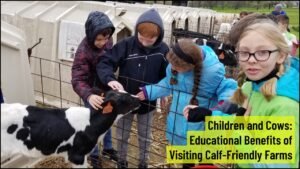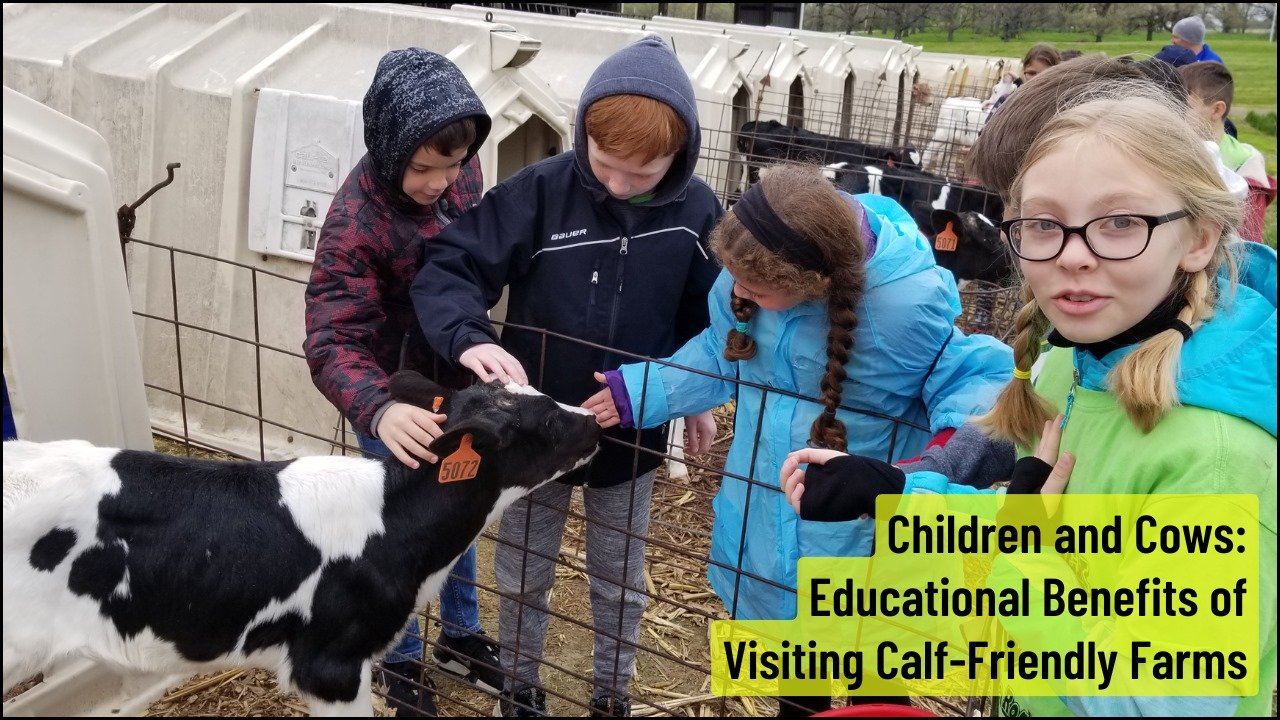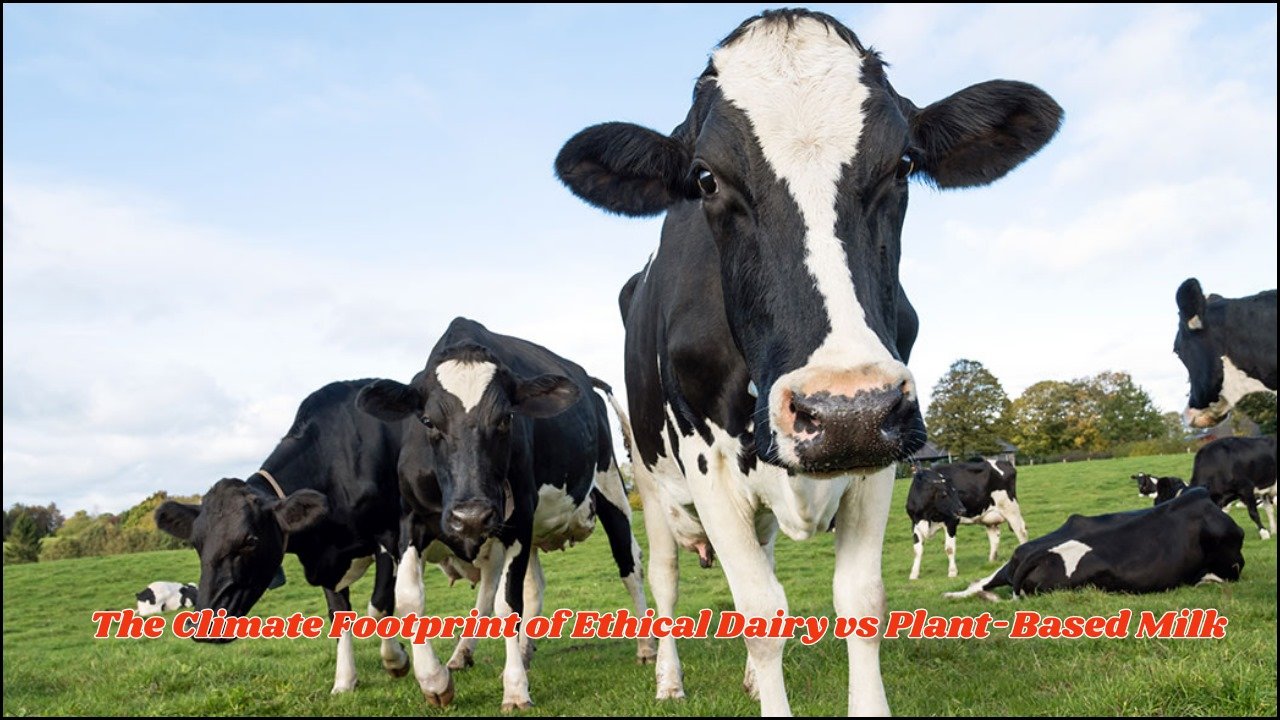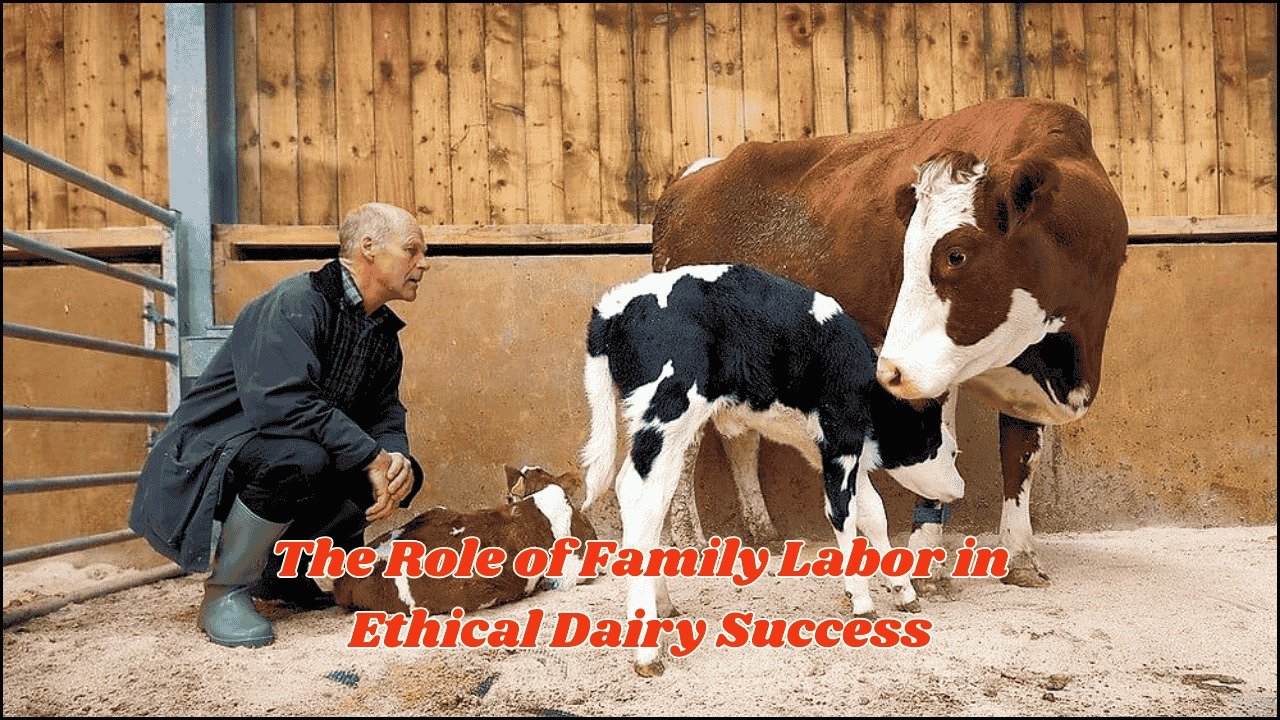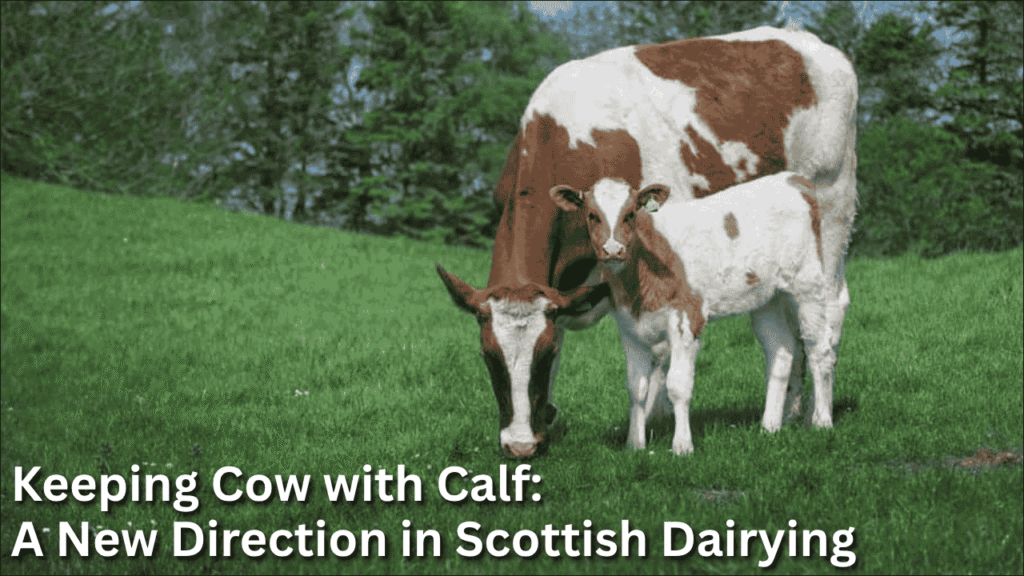
Cow-with-calf dairying is a transformative concept that challenges conventional dairy farming by allowing calves to remain with their mothers after birth. In Scotland, this innovative system is being explored through the “Keeping Cow with Calf – Bringing Innovation to Dairying in Scotland” project. Funded by the Scottish Government and the European Union under the SRDP Knowledge Transfer and Innovation Fund (KTIF), this initiative is spearheaded by SRUC. The project’s ultimate goal is to develop evidence-based information on cow-with-calf systems and assess its viability across economic, environmental, and welfare parameters.
Table of Contents
Key Objectives of the Project
- Network Creation
- Formation of a community involving farmers, researchers, industry stakeholders, and dairy sector representatives.
- Support for knowledge-sharing among adopters and interested parties.
- Qualitative Research
- In-depth interviews were conducted with farmers using the cow-with-calf model.
- Identification of practical advantages and challenges of the system.
- Quantitative Surveys
- Surveys were sent to the broader dairy sector to gather perceptions, concerns, and support levels for the model.
- Farm-Level Economic Analysis
- Study of calf development rates and weaning success.
- Examination of cow health, longevity, and productivity.
- Estimation of direct and indirect costs and returns from the model.
- Comprehensive Benchmarking
- Comparative assessment of human well-being, animal welfare, environmental impact, and profitability.
- Use of data analytics to benchmark against traditional systems.
- Market and Business Model Exploration
- Development of viable business models for marketing cow-with-calf dairy products.
- Engagement with milk processors to understand marketing and distribution challenges.
- Student Research Integration
- Encouragement of student-led projects focusing on maternal investment, lactation patterns, and behavioral studies.
- Academic collaboration to enrich the project’s knowledge base.
- Prospectus Development
- Compilation of project findings in an accessible format.
- Aimed at helping farmers, industry players, and policymakers consider adoption.
Unique Features of Cow-with-Calf System
- Calf-Mother Bonding
- Prolonged bonding leads to improved calf mental development.
- Reduction in stress for both calf and cow during early life stages.
- Natural Feeding
- Calves nurse directly from their mothers, receiving adequate nutrients.
- Lower risk of digestive issues and higher immunity rates.
- Ethical Dairy Image
- Growing consumer preference for animal-friendly practices.
- Opportunities for premium product positioning and market differentiation.
- Reduced Labour
- Elimination of artificial feeding procedures.
- Less human intervention is required in early calf rearing.
- System Complexity
- Requires modifications in housing, milking, and herd management.
- Not suitable for all herd sizes or farm infrastructures.
Comparison: Traditional vs Cow-with-Calf System
| Aspect | Traditional Dairy System | Cow-with-Calf Dairy System |
|---|---|---|
| Calf Separation | Within 24-48 hours after birth | Calf remains with mother for weeks/months |
| Feeding Method | Bottle-fed or bucket-fed milk replacers | Direct suckling from the mother |
| Labour Requirements | High during early calf management | Lower due to natural feeding |
| Animal Welfare | Lower, due to stress from early separation | Higher, improved cow-calf bonding |
| Market Perception | Conventional, no emotional value | Ethical, appealing to animal welfare-conscious consumers |
| Milk Yield for Sale | Higher, as the calf is not fed by the mother | Reduced, as calves consume part of the milk |
| Infrastructure Needs | Standard dairy housing | Modified barns and milking arrangements are required |
| Economic Outcome | Established models, predictable revenue | Variable returns, premium potential with the right strategy |
Student Research Contributions
- Maternal Investment Studies
- Evaluation of how much energy mothers dedicate to nurturing calves.
- Analysis of differences in behavior and milk production.
- Lactation Variability
- Understanding the change in milk yield across different lactations.
- Examination of long-term impacts of calf presence on milk flow.
- Calf Behavior Monitoring
- Tracking social behavior, playfulness, and feeding patterns.
- Use of behavioral data to assess welfare improvements.
Business Opportunities and Market Trends
- Premium Product Development
- Creation of niche dairy lines such as “Calf-at-Foot” milk and cheese.
- Use of ethical labeling to attract conscious buyers.
- Consumer Engagement
- Storytelling around farm practices to build brand loyalty.
- Transparency in animal care as a unique selling proposition.
- Processor Insights
- Engagement with dairy processors to understand processing challenges.
- Exploration of small-scale local processing units for specialized products.
Challenges in Adopting the System
- Lower Milk Sales Volume
- A significant portion of milk is consumed by calves, reducing the sellable volume.
- Infrastructure Modification
- Need for barns that allow both milking and cow-calf interaction.
- Milking Logistics
- Training cows to allow both suckling and milking sessions.
- Farmer Training
- Requirement of specialized knowledge to handle dual systems effectively.
Stakeholder Engagement and Outreach
- Workshops and Farm Visits
- Regular knowledge-sharing events for interested farmers.
- Online Resources
- Dedicated website with videos, interviews, and updates on project findings.
- Industry Collaboration
- Inclusion of processors, retailers, and policy influencers in the discussion.
Key Stakeholders in the Project
| Stakeholder | Role in the Project |
|---|---|
| SRUC (Lead Partner) | Research coordination, data analysis, farmer engagement |
| Scottish Government | Funding and policy support |
| European Union | Co-funding via the KTIF program |
| Farmers | System implementation, data sharing, and feedback provision |
| Students | Research, innovation, and system testing |
| Processors | Input on product handling, processing, and market readiness |
| Consumers | Final beneficiaries and influencers of market success |
Final Thoughts
Cow-with-calf dairying represents a bold shift in how dairy production is approached in Scotland. The project, led by SRUC with support from the Scottish Government and the European Union, aims to blend tradition with innovation by evaluating the sustainability, economics, and welfare outcomes of this system. With increasing interest in ethical food production and animal welfare, this approach holds the potential to redefine relationships between farmers, consumers, and livestock in meaningful ways. The journey of discovery, learning, and adaptation continues through research, collaboration, and a commitment to evidence-based innovation.

